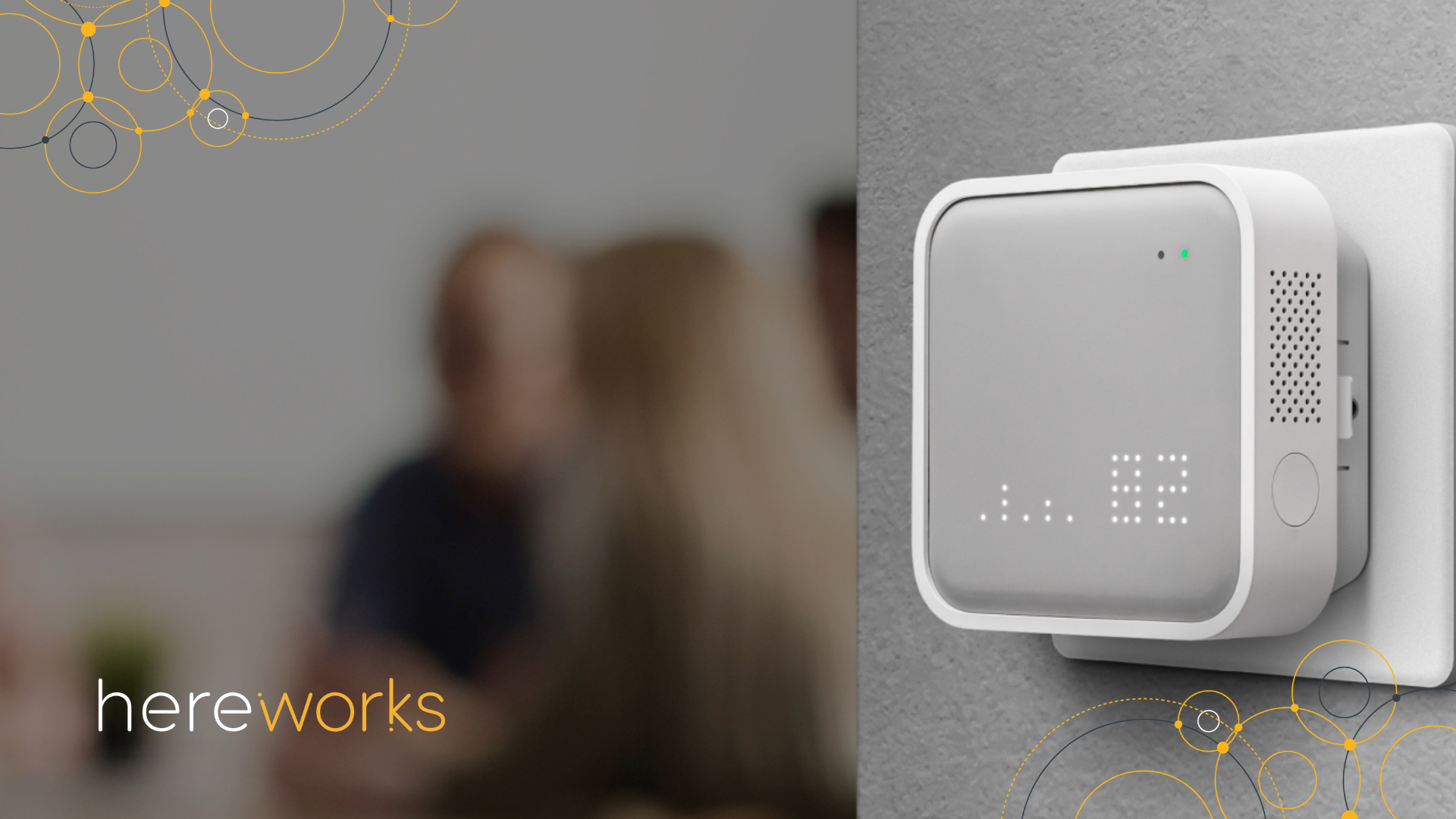
Exploring Indoor Air Quality Sensors: A Comprehensive Guide
Indoor air quality (IAQ) is critical to maintaining a healthy and comfortable indoor environment, as indoor air is usually more polluted than outdoor air. With the increasing awareness of the impact of indoor pollutants on human health, the demand for accurate and reliable IAQ sensors has grown significantly. However, it’s important to note that no single sensor can measure all the parameters required for a comprehensive indoor air quality assessment. This article will delve into the various sensors available on the market and how they address specific IAQ measurements.
The Complex Landscape of IAQ Measurements
Indoor air quality is affected by many factors, including volatile organic compounds (VOCs), gases, particulate matter, temperature, and humidity. To comprehensively assess IAQ, a range of sensors is necessary. Some of the key parameters to measure include:
- Total Volatile Organic Compounds (TVOCs): TVOCs are diverse organic chemicals that can harm health. These compounds can originate from building materials, cleaning products, and other sources.
- Carbon Monoxide (CO): Carbon monoxide is colourless, tasteless and odourless, created as a byproduct of incomplete combustion of fuels due to a lack of oxygen. High levels of CO can lead to serious health issues.
- Formaldehyde (HCHO): This chemical is commonly found in building materials and furnishings. Prolonged exposure to formaldehyde can cause respiratory irritation and other health problems.
- Ozone (O3): Ozone is a reactive gas that can be beneficial and harmful. While ozone high in the atmosphere protects us from the sun’s ultraviolet rays, ground-level ozone can harm respiratory health.
- Radon: A radioactive gas that can seep into buildings from the ground, radon exposure is a leading cause of lung cancer.
- Particulate Matter 2.5 (pm2.5) and Particulate Matter 10 (pm10): These tiny particles suspended in the air can have significant health impacts when inhaled.
- Temperature and Humidity: Comfortable indoor environments require careful control of temperature and humidity levels.
Challenges in Sensor Availability
As regulations and standards evolve, sensor manufacturers adapt to meet the demands for more comprehensive IAQ measurements. For instance, recent changes in the Well Standard have prompted manufacturers to focus on sensors that can measure TVOCs, CO, HCHO, and O3 individually. However, challenges persist, particularly in areas such as formaldehyde sensing. Current options for formaldehyde sensors need more reliability and compactness for wall-mounted installations.
Innovations in Modular Sensor Platforms
One notable advancement is the introduction of modular sensor platforms, exemplified by Awair’s upcoming release. This platform allows users to mix and match sensors according to their specific IAQ measurement needs. Awair’s wireless option further enhances versatility and reduces installation complexity by utilising local power supplies for each device.
Sensor Solutions
Two prominent sensor solutions garnered market attention the Awair Omni and the Verkada SV25. The Awair Omni is a comprehensive sensor that measures TVOCs, PM2.5, temperature, humidity, CO2, noise, and light. Its adaptability, connectivity options, and ongoing development make it a strong contender for addressing IAQ concerns.
Omni identifies the five key factors that affect your air quality: chemicals (VOCs), dust (PM2.5), carbon dioxide, temperature, and humidity.

The Verkada SV25 presents an intriguing alternative, albeit at a higher cost. With a focus on accuracy and performance, the SV25 offers a diverse range of IAQ measurements, providing a holistic view of indoor air quality.

Our CEO, Tomás Mac Eoin, CEO of Hereworks, would recommend the Awair Omni and says, “The most well-rounded, in my opinion, is the Awair Omni as it currently has the most valuable Sensors all in one device. They are the only manufacturer we have spoken to with a clear line of development to include more of the additional readings one of our clients has requested. The Awair Sensor has many connectivity options, making it versatile for new builds or retrofits. The Verkada SV25 is an interesting option too. The only downside is it carries a Higher cost than most.”
Addressing IAQ: Challenges and Future Prospects
While no single sensor can measure all IAQ parameters, combining well-chosen sensors can offer a comprehensive solution. Regular spot testing using handheld devices or enlisting specialists for periodic measurements can help bridge the gap until the industry develops sensors encompassing the total IAQ measures.
Consumers should consider factors like accuracy, interfaces, security, and mounting options as the market evolves when selecting IAQ sensors. Ceiling-mounted options may be convenient, but wall-mounted sensors placed at human height often yield more accurate readings. Below you can see different types of sensors available on the market, their model and the measures that can be measured.

Meeting Specific Standards
When selecting sensors, you must consider the standards you need to meet. Whether it’s the Well Standard, RESET, or other regulations, adherence to specific accuracy, quality, and frequency requirements will guide your sensor choices.
Conclusion
Indoor air quality is a complex and multifaceted issue that requires a diverse range of sensors and an efficient platform to address comprehensively. While no single sensor can measure all parameters, innovative solutions like Hereworks Happy and advanced sensors like the Awair Omni and Verkada SV25 offer promising avenues for better IAQ management.

Hereworks Happy Platform operates by efficiently gathering information from the Data Lake, which is provided through a process known as Master System Integration (MSI). MSI integrates various building systems, such as environmental controls, security, lighting, and energy management. Using sensors and monitoring devices placed strategically within the building, the Hereworks Happy Platform collects data on temperature, humidity, occupancy, and pollutant levels. This real-time data collection creates a detailed picture of the indoor environment’s quality and performance. The collected data is then stored in a centralised repository, the Data Lake. This repository holds all the information, providing a comprehensive view of the building’s operations and indoor air quality.
The Hereworks Happy Platform and MSI work together to create a streamlined and insightful system that enhances the indoor environment’s comfort, efficiency, and overall well-being. This collaboration between technology and intelligent building design ensures occupants a healthier and happier indoor space.

The IAQ sensor market will likely see further innovations as technology advances, ultimately contributing to healthier and more comfortable indoor environments.
With Hereworks Happy Score, we can help you find the best solution for your building to achieve 100% happiness and create a comfortable, productive, warm, engaged, secure and healthy workspace. Reach out to us today.
Categories
Share this article
Feature Posts





